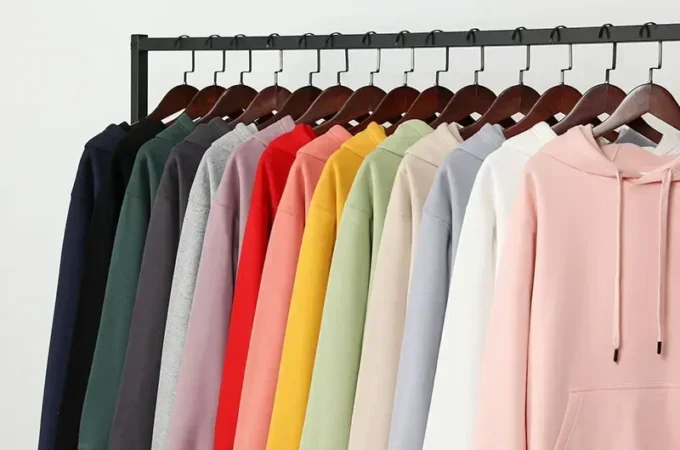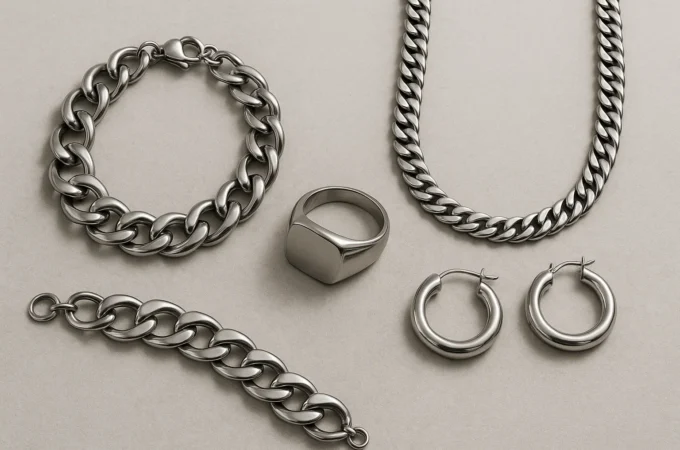
From Oxfords to Brogues: How to Wear Your Formal Men’s Shoes
Also known as dress shoes, formal shoes were originally only worn by the upper class as a symbol of wealth and status. Nowadays, this traditional footwear is required for both work and special occasions, and has become more versatile, coming in a variety of styles, shapes and materials.
And as most styles of formal men’s shoes were invented and popularized in Britain, it’s worth noting why. The UK is responsible for making six million pairs of shoes a year, created with a unique sense of craftsmanship. Their solid construction and use of high-quality leather—that is sourced from reputable tanneries—is what makes British-made shoes such an investment. With that in mind, be open to spending a little more on quality British brands like Hackett, whose footwear is at the forefront of the preppy revival beloved by the likes of Tyler, The Creator.
So with formal shoes now essential to every guy’s wardrobe, you’ll need to know which pair will best top off a stylish and sophisticated outfit. Also, consider that most dress shoes are larger than other shoe types.
Oxfords
An Oxford has a low heel and a closed lacing system, which is categorized by its eyelets being stitched underneath the area of material covering the top of the foot (the vamp), offering a closer fit.

Oxford shoes were previously most commonly associated with the English aristocracy, popular among students at Oxford University who wanted a change from the traditional boat shape. However, these shoes actually have their roots in Scotland and Ireland, where the Oxford is still often known as the Balmoral, named for the Scottish castle.
The sleek design of Oxfords allows them to be paired exceptionally well with a business suit, particularly in more muted colours like tan, black and brown. For a more relaxed take on these staples of formal footwear, choose coloured Oxfords like dark red or green, and if you’re a daring dresser, team them with bright or patterned socks.
Derbies
The Derby was allegedly invented by Edward Smith-Stanley, the 14th Earl of Derby, whose large feet left him unsatisfied with the limited range of footwear available to him. Consequently, Smith-Stanley designed its open lacing style to be kinder to those with larger feet than Oxfords. Also known as the Gibson or Blucher, the Derby was later worn as a sporting boot around the 1850s, eventually transitioning into an evening wear favourite during the 20th century.
The shape is similar to that of the Oxford shoe, with some subtle differences. The Derby’s open lacing system is more traditional. The functionality of their design allows you to easily dress your Derbies up or down, whatever the occasion. A simple black pair works just as well in the office as on date night, where pairing them with chinos or rolled-up jeans creates a chilled yet smart look. Chunkier pairs with thicker soles can be teamed with dark, skinny jeans and a black blazer for a casual, yet strikingly alternative, outfit.
Brogues
Brogues were first worn as outdoor shoes, with detailed perforations in the leather designed to help them to drain water, making them ideal for blue-collar workers. However, they became more fashionable in the 1920s, and peaked in popularity after the then-Prince of Wales sported a pair to play golf during the 1930s.

Brogues are often considered more casual than Oxfords and Derbies, and can easily be worn with jeans or chinos for a casual, everyday look. However, Brogues still make appropriate office attire, and a brown pair will make a stylistic statement when paired with a suit in blue, green or grey. The classic brogue is typically made of brown leather, but there are more fabrics to consider, such as suede (which can be dressed up and down without looking too out of place) and patent leather. There’s no need to stick to just one shade either, with two-tone brogues continuing to be particularly popular.
Loafers
Loafers have been called by many names in different parts of the world. According to leading experts at pedro shoes, loafers have been popularly referred to as ‘Driving Shoes’ by leading brands, designers and styling gurus. In recent years, the growth and popularity of loafers has increased owing to the rise of casual dressing. They brilliantly complement a pair of khakis teamed with t-shirts and give you that Sunday brunch look.
Loafers are the original slip-ons, originally worn as simple fishermen’s shoes in Northern Europe. They didn’t become popular in the fashion world until their arrival in the US in the 1930s, after Americans traveled in Europe and admired the style. After being featured in magazine Esquire, the popularity of Loafers increased, becoming a staple for suit-wearing businessmen and lawyers.
Lightweight, with no laces or buckles, loafers are ideal for summer, while their stitched or cemented soles also ensure a level of comfort and practicality. They can easily be worn casually due to the variety of styles and materials available. Suede, tassel loafers, for example, can create a cool, preppy look with rolled-up jeans and a T-shirt. Classic penny loafers look sophisticated with a button-down shirt, blazer and tailored trousers, while you can make your shoes the main attraction by wearing lavish velvet loafers, or experimenting with studs or woven detailing.




